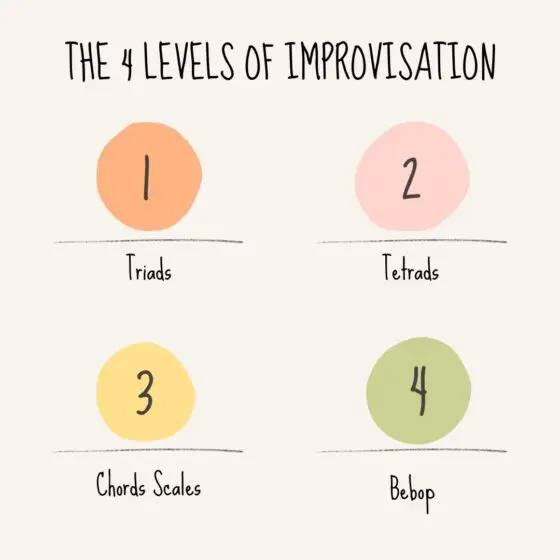
Hi ,
In this series of short video lessons, I’ll guide you through a 4-step path to improvisation — four progressive levels designed to help you gain clarity and confidence as you build authentic bebop lines.
By working through these stages, you’ll not only deepen your understanding of the jazz language, but also lay a solid foundation for exploring more contemporary improvisational concepts with freedom and creativity.
It’s a powerful way to practice any jazz standard: move through each level, and watch how your melodic and harmonic ideas evolve and take shape.
Let’s dig in — and most of all, enjoy the process!



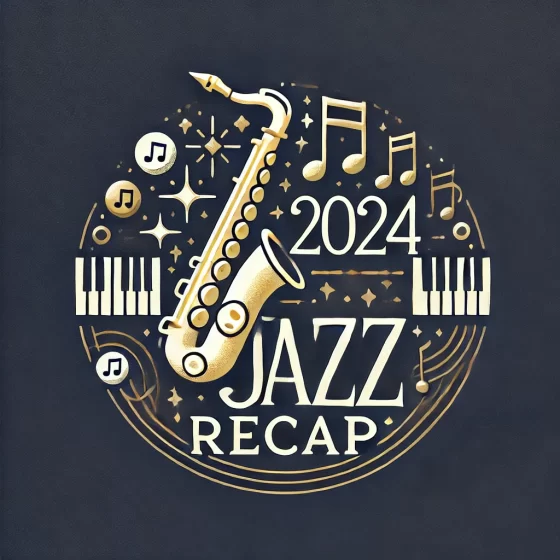

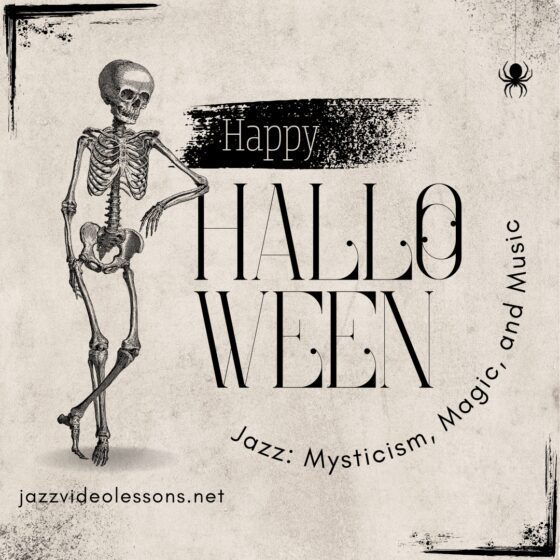




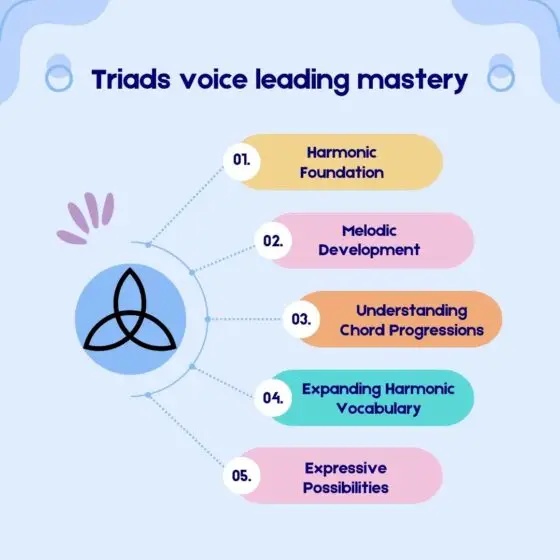
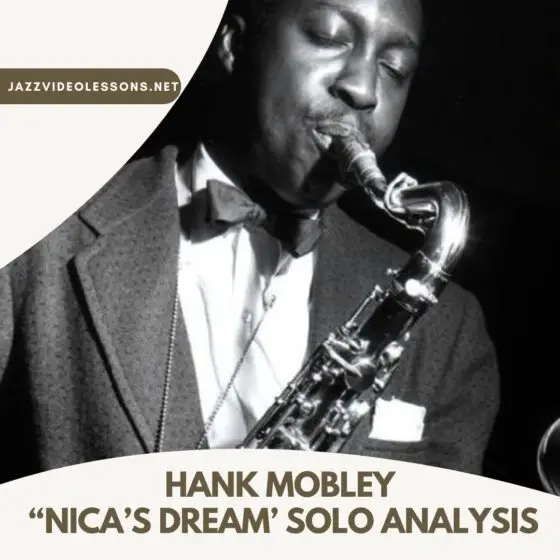
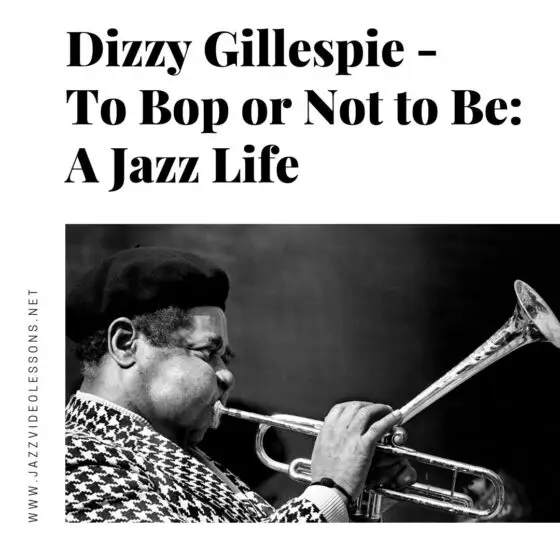

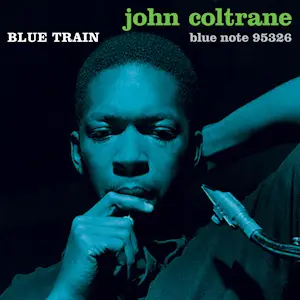
13 comments on “The 4 levels of improvisation”
Here is an etude over “Beatrice” demonstrating the 4 levels of improvisation:
https://youtu.be/Bh69AR3xv4k
Watch the lesson there: https://jazzvideolessons.net/standards-studies/beatrice/
Hi Alex! Great lessons 🙂 I notice that you have courses for all the levels but you didn’t refer none to this level, is that on the making? 🙂
Hi Telmo, I’m not sure to understand the question, can you please rephrase? What are your referring to when you say “this level”?
Very interesting lessons, I like the stepwise approach, it is given you an ocean to sail on for many years!
Merci beaucoup Alex. Je vais commencer à le pratiquer.
Bonjour Alex : J’étudie ton “Les 4 niveaux d’improvisation”. Les niveaux 1 et 2 me sont accessibles, et j’utilise également avec eux vos “considérations rythmiques” à partir de la section 4. Mais le niveau 3 m’étouffe, j’ai du mal à penser à autre chose qu’au scale-up et au scale-down. Pourriez-vous me suggérer des conseils ou des exercices pour aborder le niveau 3. Merci pour vos excellentes leçons.
Also, check out the standards studies, very often I compose an etude with the 4 levels of improvisation!
Parfait, après cette super vidéo je sais déjà planifier mon étude des gammes. Cette façon de les pratiquer me fera sûrement progresser en niveau 3 d’improvisation. Je vous dirai dans un court laps de temps comment ont été mes progrès. Merci beaucoup, Alex, pour votre attention.
Eddi Merci pour ton message, je suis content que cela te soit utile. J’utilise cette méthode moi-même ainsi qu’avec mes étudiants. Cela permet d’avoir une progression cohérente qui permet de bien comprendre les forces fondamentales de la musique et de connecter l’oreille (entendre les couleurs d’accords et les gammes d’accords), l’intellect (comprendre le pourquoi et le comment de l’harmonie) et enfin le physique (sentir le temps, le rythme et bien évidemment le travail purement technique).
Cela me permet au final de mieux m’exprimer, plus librement et de manière plus ludique aussi, notion qu’il ne faut pas oublier!
Super! c’est très clair. c’est du travail avant de se lâcher.
Je vais essayer cette méthode ; souvent on connait des tas de choses vrais mais dans le désordre.
Merci pour cette clarté.
Charles
Perhaps the most important thing in all these (great) lessons is that you MUST know where you are in the progression at all times. Over time you can associate the mental image of the progression with what the rhythm section is playing behind you. The reason we have to start simple is to lock all that information into the SUB-conscious, and only then can we ‘let go’ and do more complex stuff. I, for one, wish I had all those years of my youth back!
Exactly, and practicing this sequence has helped me to have the understanding and clarity of the forms and changes.